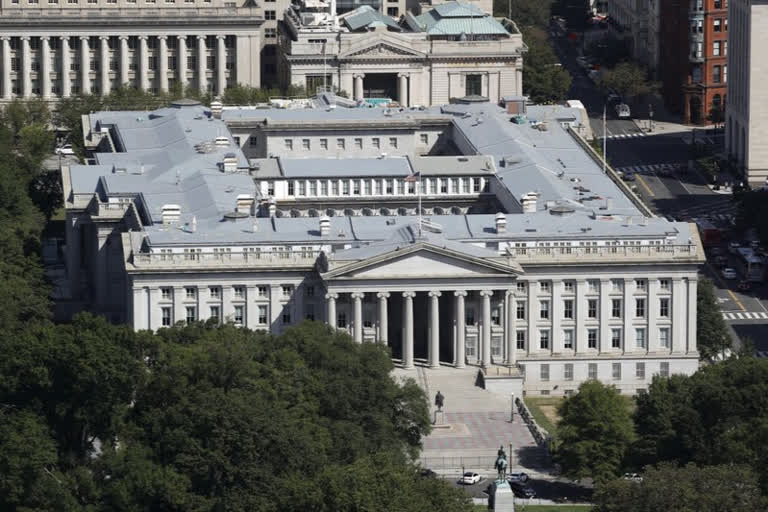Washington: Hackers broke into the networks of the Treasury and Commerce departments as part of a monthslong global cyber espionage campaign revealed on Sunday, just days after the prominent cybersecurity firm FireEye said it had been breached in an attack that industry experts said bore the hallmarks of Russian tradecraft.
In response to what may be a large-scale penetration of U.S. government agencies, the Department of Homeland Security’s cybersecurity arm issued an emergency directive calling on all federal civilian agencies to scour their networks for compromises.
The threat came from the same cyber espionage campaign that has afflicted FireEye, foreign governments and major corporations, and the FBI was investigating.
“This can turn into one of the most impactful espionage campaigns on record,” said cybersecurity expert Dmitri Alperovitch.
The apparent conduit for the Treasury and Commerce Department hacks — and the FireEye compromise — is a hugely popular piece of server software called SolarWinds. It is used by hundreds of thousands of organizations globally, including most Fortune, 500 companies and multiple U.S. federal agencies that will now be scrambling to patch up their networks, said Alperovitch, the former chief technical officer of the cybersecurity firm CrowdStrike.
The DHS directive — only the fifth since they were created in 2015 — said U.S. agencies should immediately disconnect or power down any machines running the impacted SolarWinds software.
Read:|'US firm FireEye hacked by foreign government'
FireEye, without naming any specific targets, said in a blog post that its investigation into the hack of its network had identified “a global campaign” targeting governments and the private sector that, beginning in the spring, had slipped malware into a SolarWinds software update. Neither the company nor U.S. government officials would not say whether it believed Russian state-backed hackers were responsible.
The malware gave the hackers remote access to victims’ networks, and Alperovitch said SolarWinds grants “God-mode” access to a network, making everything visible.
“We anticipate this will be a very large event when all the information comes to light,” said John Hultquist, director of threat analysis at FireEye. “The actor is operating stealthily, but we are certainly still finding targets that they manage to operate in.”
On its website, SolarWinds says its 300,000 customers worldwide including all five branches of the U.S. military, the Pentagon, the State Department, NASA, the National Security Agency, the Department of Justice and the White House. It says the 10 leading U.S. telecommunications companies and top five U.S. accounting firms are also among customers.
FireEye said it had confirmed infections in North America, Europe, Asia and the Middle East, including in the health care and oil and gas industry — and had been informing affected customers around the world in the past few days. It said that malware that rode the SolarWinds update did not seed self-propagating malware — like the 2016 NotPetya malware blamed on Russia that caused more than $10 billion in damage globally — and that any actual infiltration of an infected organization required “meticulous planning and manual interaction.”
That means it’s a good bet only a subset of infected organizations were being spied on by the hackers. Nation-states have their cyberespionage priorities, which include COVID-19 vaccine development.
Cybersecurity experts said last week that they considered Russian state hackers to be the main suspect in the FireEye hack.
On Sunday, Russia’s U.S. embassy described as “unfounded” in a post on its Facebook page the “attempts of the U.S. media to blame Russia for hacker attacks on U.S. governmental bodies.”
